Harvard University Herbaria & Libraries
Harvard Botany Library of Oakes Ames
Tina and R. Gordon Wassson Ethnomycological Collection
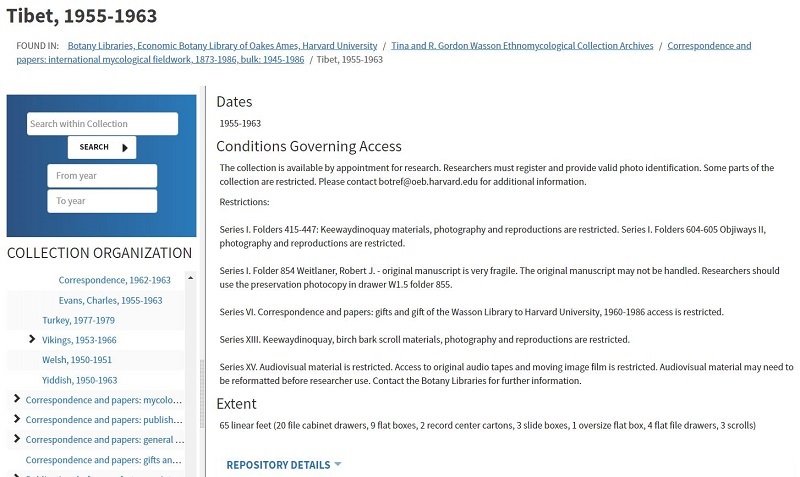
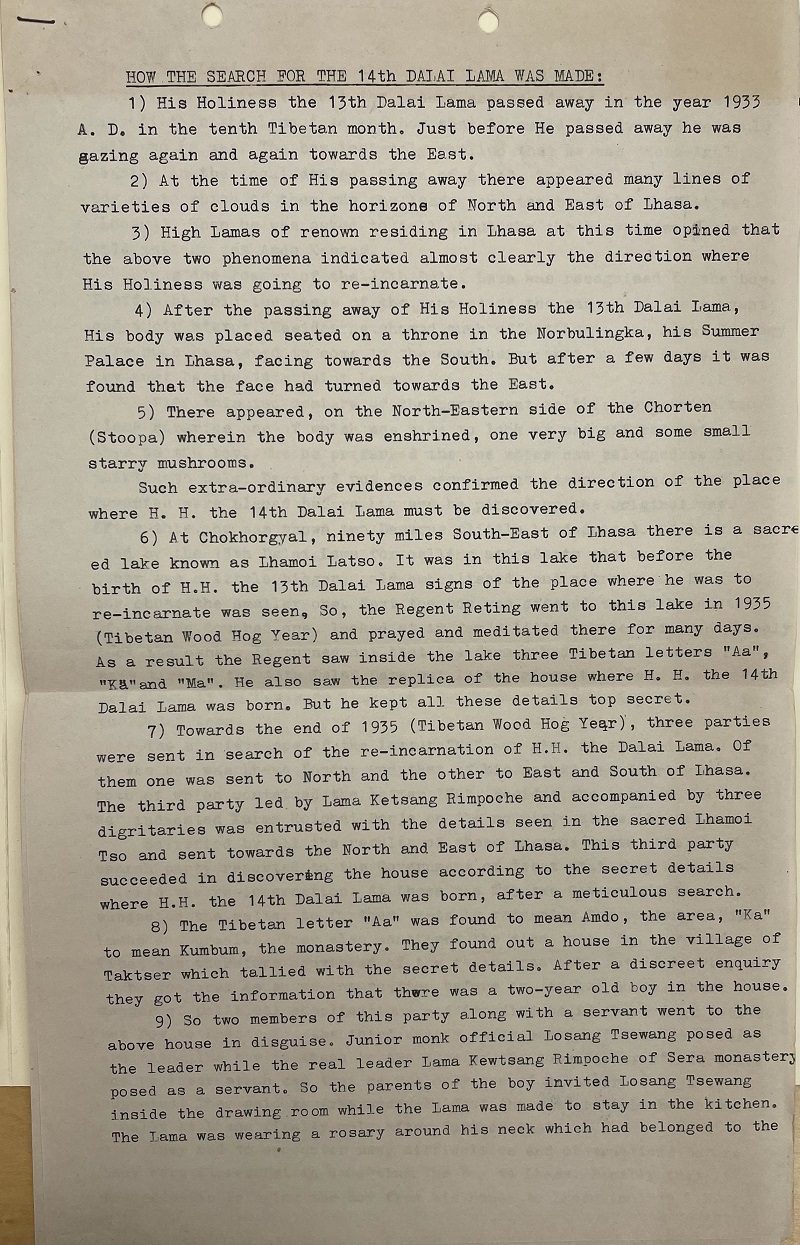
HOW THE SEARCH FOR THE 14th DALAI LAMA WAS MADE:
- 1. His Holiness the 13th Dalai Lama passed away in’ the year 1933 A. D. in the tenth Tibetan month. Just before He passed away he was gazing again and again towards the East.
- 2, At the time of His passing away there appeared many lines of varieties of clouds in the horizons of North and East of Lhasa.
- 3. High Lamas of renown residing in Lhasa at this time opined that the above two phenomena indicated almost clearly the direction where His Holiness was going to re-incarnate.
- 4. After the passing away of His Holiness the 13th Dalai Lama, His body was placed seated on a throne in the Norbulingka, his Summer Palace in Lhasa, facing towards the South. But after a few days it was found that the face had turned towards the East.
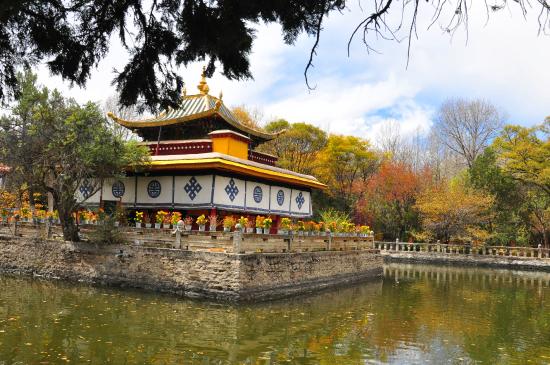
- 5. There appeared, on the North-Eastern side of the Chorten (Stoopa) wherein the body was enshrined, one very big and some small starry mushrooms.
- Such extra-ordinary evidences confirmed the direction of the place where H. H. the 14th Dalai Lama must be discovered.
- 6. At Chokhorgyal, ninety miles South-East of Lhasa there is a sacreed lake known as Lhamoi Latso.
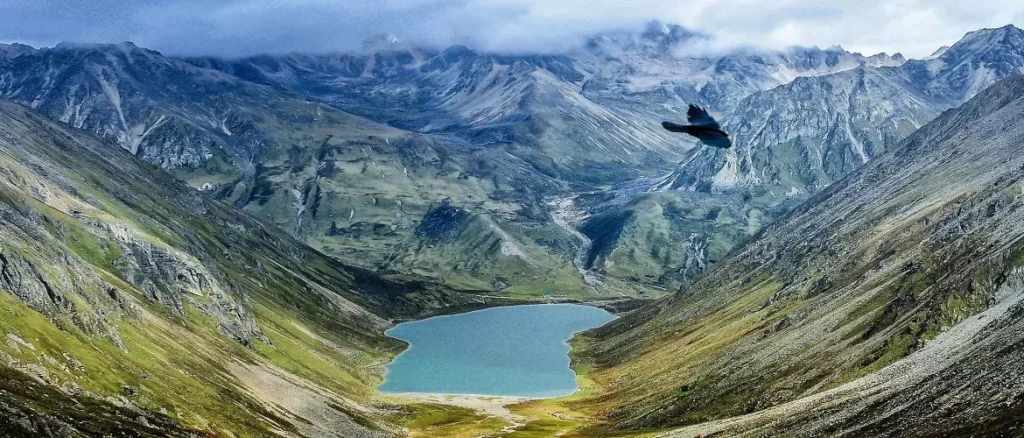
- It was in this lake that before the birth of H.H. the 13th Dalai Lama signs of the place where he was to re-incarnate was seen. So, the Regent Reting went to this lake in 1935 (Tibetan Wood Hog Year) and prayed and meditated there for many days. As a result the Regent saw inside the lake three Tibetan letters “Aa”, “Ka,” and “Ma”. He also saw the replica of the house where H. H. the 14th Dalai Lama was born. But he kept all these details top secret.
- 7. Towards the end of 1935 (Tibetan Wood Hog Year), three parties were sent in search of the re-incarnation of H.H. the Dalai Lama. Of them one was sent to North and the other to East and South of Lhasa. The third party led. by Lama Ketsang Rimpoche and accompanied by three digritaries was entrusted with the details seen in the sacred Lhamoi Tso and sent towards the North and East of Lhasa. This third party succeeded in discovering the house according to the secret details where H.H. the 14th Dalai Lama was born, after a meticulous search.
- 8. The Tibetan letter “Aa” was found to mean Amdo, the area, ”Ka” to mean Kumbum, the monastery.
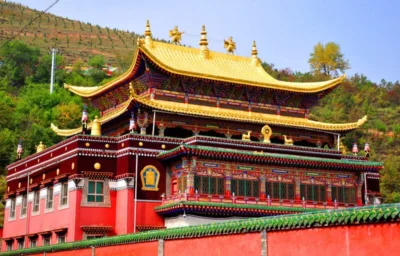
- They found out a house in the village of Taktser which tallied with the secret details. After a discreet enquiry they got the information that theme was a two-year old boy in the house.
- 9. So two members of this party along with a servant went to the above house in disguise. Junior monk official Losang Tsewang posed as the leader while the real leader Lama Kewtsang Rimpoche of Sera monastery posed as a servant. So the parents of the boy invited Losang Tsewang inside the drawing.room while the Lama was made to stay in the kitchen. The Lama was wearing a rosary around his neck which had belonged to the
-
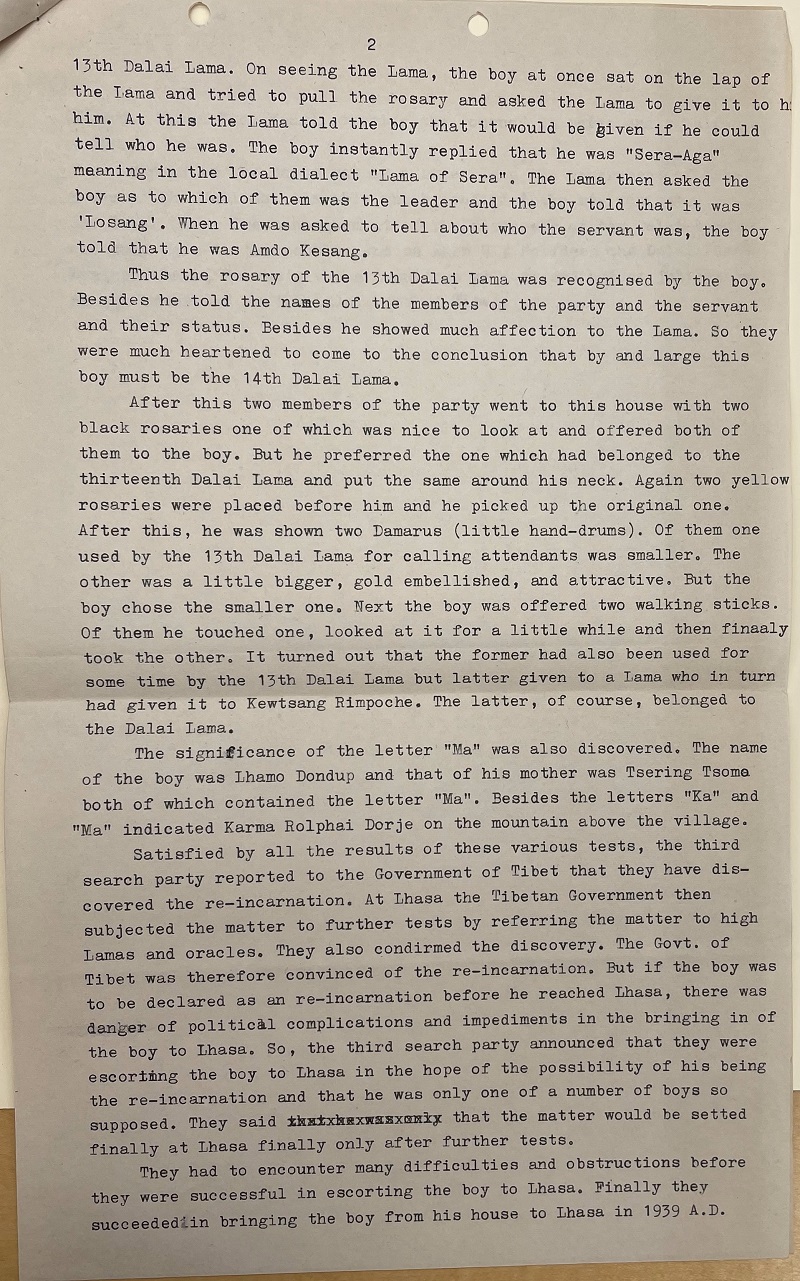
-
The 13th Dali Lama. On seeing the Lama, the boy at once sat on the lap of the Lama and tried to pull the rosary and asked the Lama to give it to h! him. At this the Lama told the boy that it would be given if he could tell who he was. The boy instantly replied that he was “Sera-Aga” meaning in the local dialect “Lama of Sera”. The Lama then asked the boy as to which of them was the leader and the boy told that it was ’Losang’. When he was asked to tell about who the servant was, the boy told that he was Amdo Kesang.
Thus the rosary of the 13th Dalai Lama was recognised by the boy. Besides he told the names of the members of the party and the servant and their status. Besides he showed much affection to the Lama. So they were much heartened to come to the conclusion that by and large this boy must be the 14th Dalai Lama.
After this two members of the party went to this house with two black rosaries one of which was nice to look at and offered both of them to the boy. But he preferred the one which had belonged to the thirteenth Dalai Lama and put the same around his neck. Again two yellow rosaries were placed before him and he picked up the original one. After this, he was shown two Damarus (little hand-drums). Of them one used by the 13th Dalai Lama for calling attendants was smaller. The other was a little bigger, gold embellished, and attractive. But the boy chose the smaller one. Next the boy was offered two walking sticks. Of them he touched one, looked at it for a little while and then finaaly took the other. It turned out that the former had also been used for some time by the 13th Dalai Lama but latter given to a Lama who in turn had given it to Kewtsang Rimpoche. The latter, of course, belonged to the Dalai Lama.
The significance of the letter “Ma” was also discovered. The name of the boy was Lhamo Dondup and that of his mother was Tsering Tsoma both of which contained the letter “Ma”. Besides the letters “Ka” and “Ma” indicated Karma Rolphai Dorje on the mountain above the village.
Satisfied by all the results of these various tests, the third search party reported to the Government of Tibet that they have discovered the re-incarnation. At Lhasa the Tibetan Government then subjected the matter to further tests by referring the matter to high Lamas and oracles. They also condirmed the discovery. The Govt, of Tibet was therefore convinced of the re-incarnation. But if the boy was to be declared as an re-incarnation before he reached Lhasa, there was danger of political complications and impediments in the bringing in of the boy to Lhasa. So, the third search party announced that they were escorting the boy to Lhasa in the hope of the possibility of his being the re-incarnation and that he was only one of a number of boys so supposed. They said that the matter would be setted finally at Lhasa finally only after further tests.
They had to encounter many difficulties and obstructions before they were successful in escorting the boy to Lhasa. Finally they succeeded in bringing the boy from his house to Lhasa in 1939 A.D.
